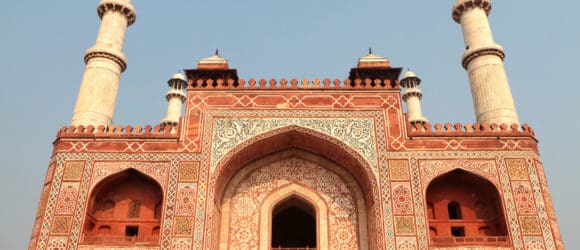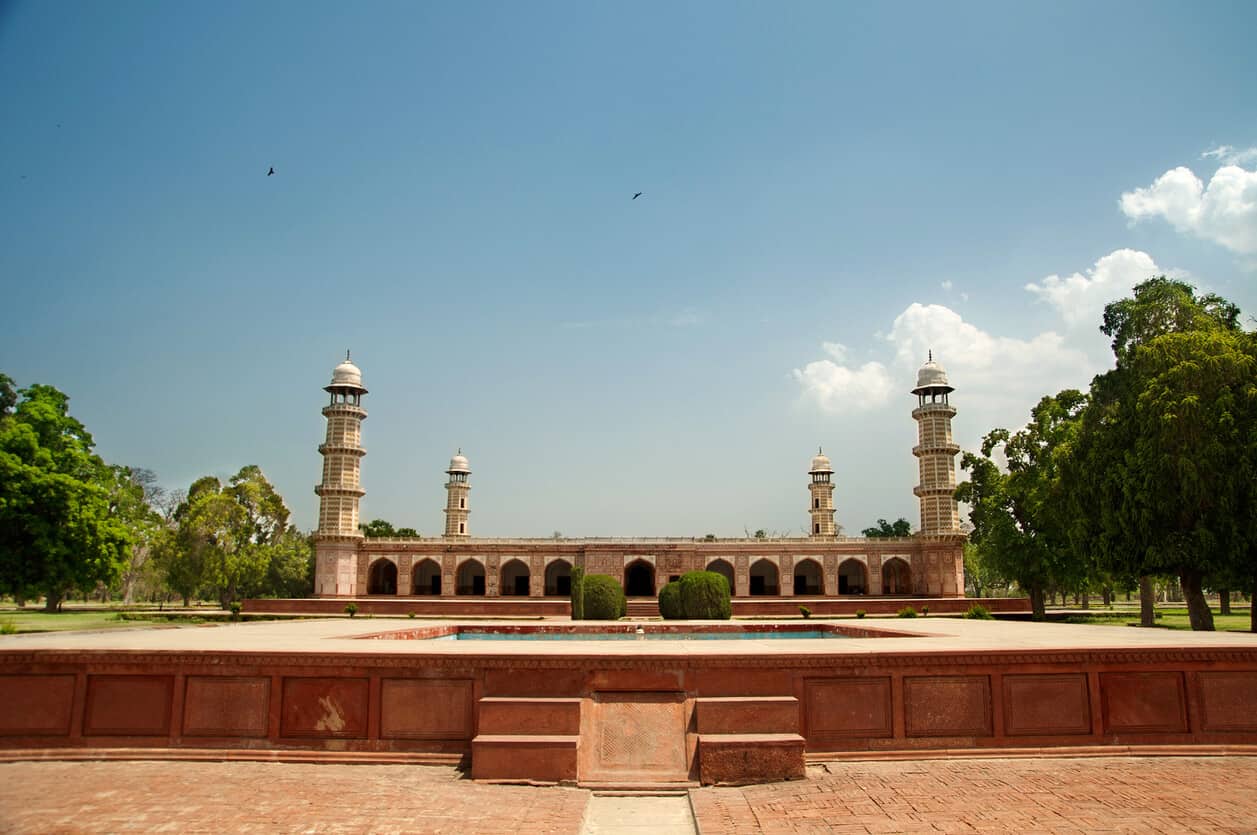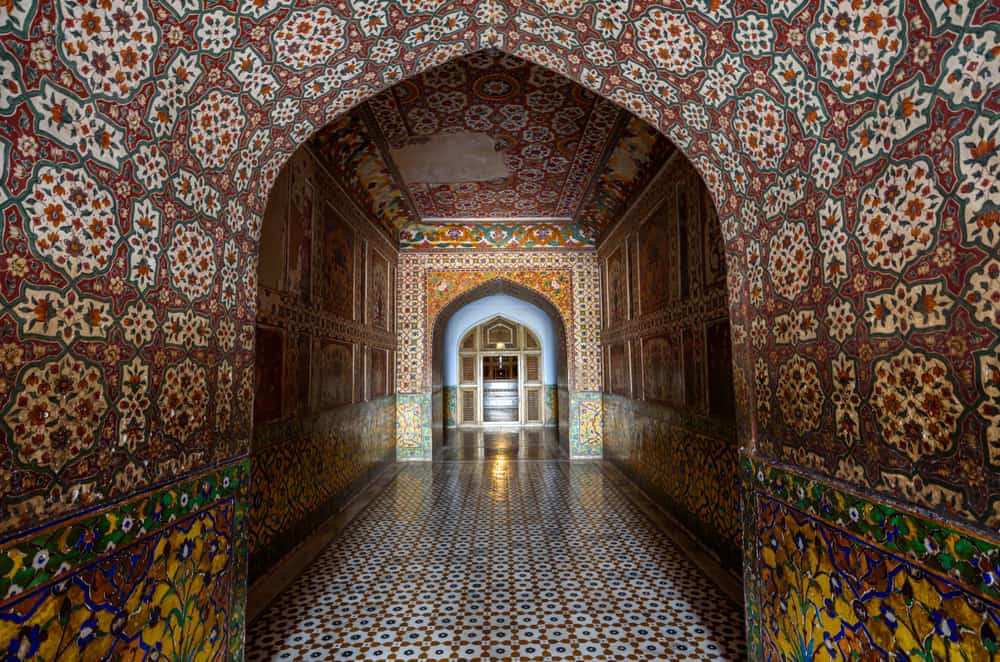Tomb of Jahangir: History of the Mughal Emperor Mausoleum

While you certainly have heard of The Taj Mahal, a white marble mausoleum on the bank of the Yamuna River in the Indian city of Agra, you may not have heard of The Tomb of Jahangir – and the nearby Tomb of Asif Khan, which are located on the banks of the Ravi River in Punjab, Pakistan. So let’s discuss this site nominated for UNESCO World Heritage Designation.
The Tomb of Jahangir: What You Need to Know
- The Tomb of Jahangir was commissioned in 1631.
- Construction for the mausoleum was completed in 1637.
- Mughal Emperor Jahangir was honored by his surviving family members.
- The son ordered the construction of his father’s mausoleum.
- The tomb was extensively embellished and richly decorated.
- Tourists still visit, as it’s one of Pakistan’s most popular tourist destinations.
Who Was Mughal Emperor Jahangir?
Emperor Jahangir ruled the Mughal Empire from 1605 to 1627. Emperor Jahangir died in the foothills of Kashmir in October 1627, and a funeral procession transferred his body from the site of his death to The Dilkusha Garden in Labhor. The garden was a favorite spot of the emperor.
A mausoleum to honor the emperor was commissioned in 1631 by the deceased’s son, the new Mughal Emperor Shah Jahan. Jahangir’s tomb was completed in 1637.
The Architecture and Design of the Tomb of Jahangir
The structure’s design is striking and is a mausoleum befitting an emperor.
Jahangir’s tomb complex is situated in a lovely walled garden. The white marble cupolas on the four corner minarets stand 30 meters tall.
Visitors enter the tomb through two large red sandstone entryways leading to a series of courtyards, gardens, and short water channels. While the exterior structure is a beautiful representation of Mughal architecture, the interior of the mausoleum will leave you amazed.
The tomb’s passageway is embellished with floral frescoes and inlay work (pietra dura). The halls lead visitors to an octagonal chamber, which houses a marble cenotaph. The cenotaph, or monument, is covered in precious stones placed in floral patterns.
The ninety-nine attributes of God are inlaid in black on two sides of the monument. The remains of the Mughal Emperor rest in a crypt below a cenotaph.
Other Sites to See Near the Tomb of Jahangir
There are two other sites to visit nearby Jahangir’s Tomb:
- The Tomb of Asif Khan, completed in 1645, holds the remains of Jahangir’s brother-in-law.
- The Akbari Sarai, completed in 1637, was a large inn built for travelers and caretakers of the tomb.
Modern Mausoleum Design
For centuries, families have sought ways to remember their deceased loved ones. While each culture has its own method of honoring those who have passed on, most do something significant to mark the final resting place of their loved ones. Our culture is no different.
If you wish to create a beautiful memorial to honor your family members who have passed, schedule a consultation with the premier private mausoleum construction company in North America – Forever Legacy.
The expert monument designers at Forever Legacy will help you create a personalized private mausoleum for your family that celebrates their contributions, beliefs, and personalities.
Belinda McLeod has a degree in Secondary Education, specializing in English and Journalism. She began her career as a freelance writer in 2018 since a flexible schedule would allow her to help care for an aging parent. Since then, Belinda has specialized in writing for the funeral industry. Belinda has written for Cake, a funeral-planning website, nursing homes, mausoleum companies, cremation companies, and funeral homes.


